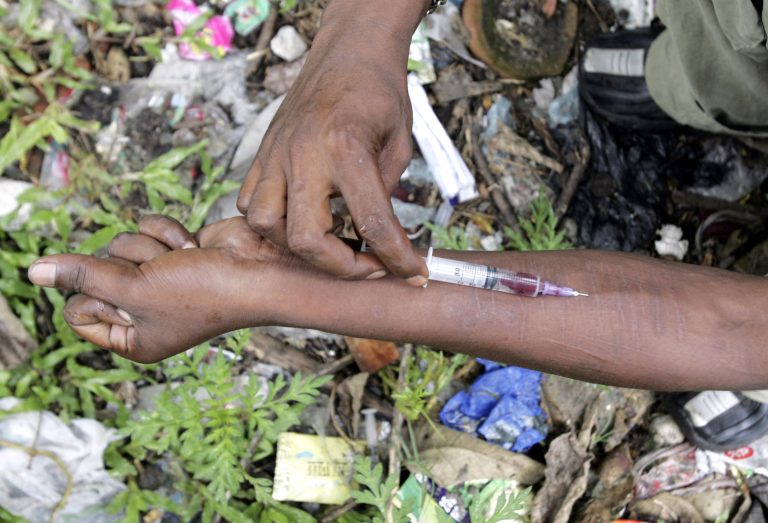Drug addiction has emerged as one of the gravest social crises in Indian illegally occupied Jammu and Kashmir, with nearly ten percent of the population reportedly trapped in substance abuse, threatening to destroy families and darken the territory’s future.
The National Survey on Extent and Pattern of Substance Use in India (2022–23), conducted by India’s Ministry of Social Justice and Empowerment, revealed that more than 10 percent of Kashmir’s 1.35 million population is struggling with drug dependence, including a growing number of adolescents. Behind these figures lie tragic stories of shattered homes and lost youth, as addiction silently corrodes the social fabric of the occupied territory.
A senior officer, citing the data on social media, warned that many private rehabilitation centres in the territory operate merely as profit-driven ventures rather than genuine recovery institutions. “We need a compassionate system for victims and their families, not a model that drains their pockets,” he said.
Despite government claims, the absence of fully equipped and long-term rehabilitation facilities in IIOJK continues to push families into despair, often forcing them to seek costly treatment outside the region.
Experts emphasize that meaningful progress requires comprehensive policy reform, public awareness, and economic rehabilitation for recovering addicts.
Social activists and analysts in Srinagar have increasingly linked the worsening drug crisis to the deliberate policies of the Modi-led Indian regime, accusing it of using narcotics as a tool of social destruction in the occupied territory. They argue that by allowing the spread of drugs and neglecting genuine rehabilitation systems, New Delhi aims to weaken Kashmiri youth and divert attention from the ongoing struggle for freedom.






